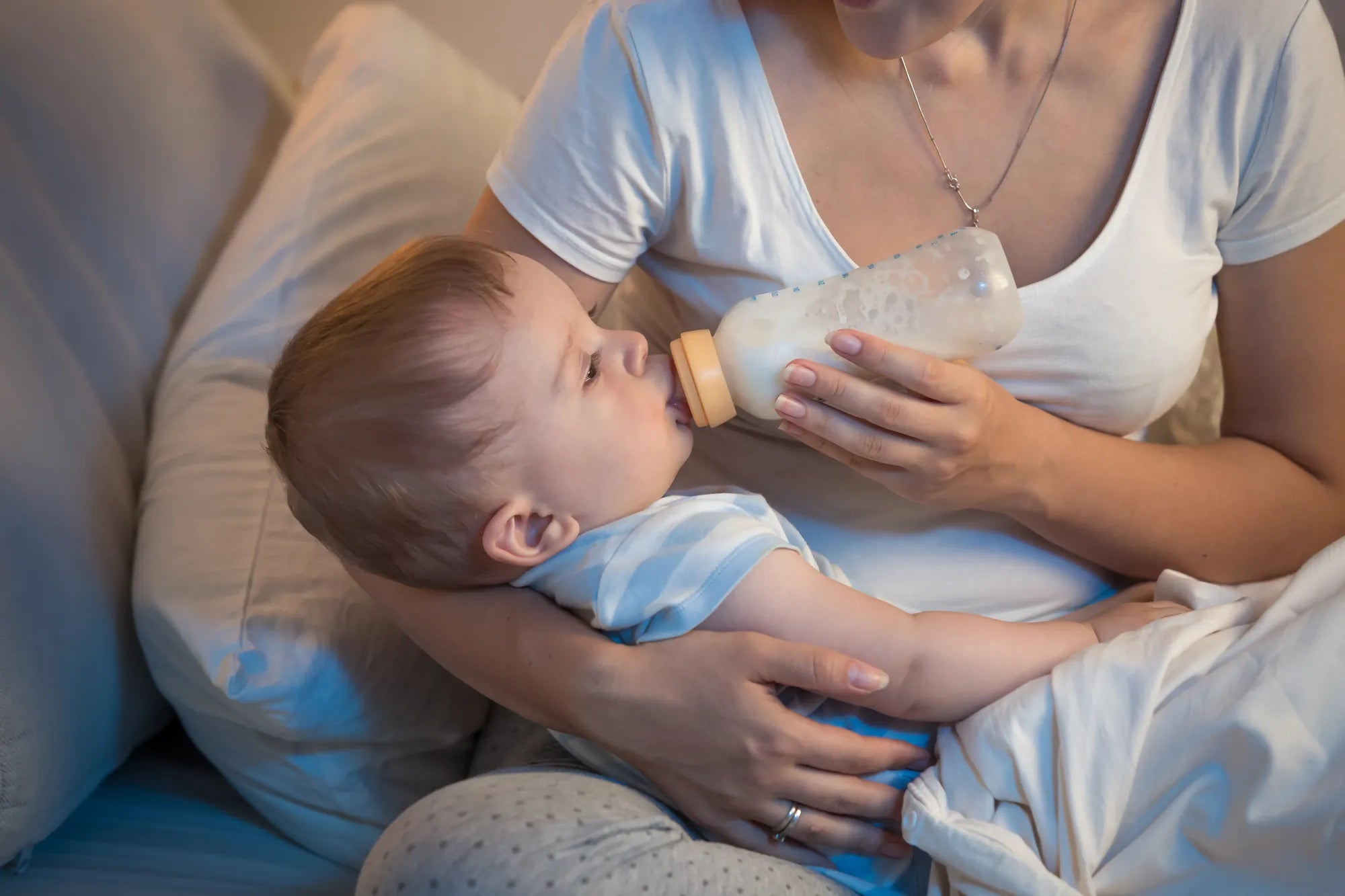Inicio
Pregnancy, Breastfeeding, and Pumping: The Ultimate Guide for Moms
How Long After Pumping Can I Breastfeed: A Comprehensive Guide

How Long After Pumping Can I Breastfeed: A Comprehensive Guide
Breastfeeding is a deeply personal and rewarding experience for many mothers, but it often comes with questions and uncertainties. One common query is, how long after pumping can I breastfeed? Understanding the timing and factors involved can help you maintain a healthy breastfeeding routine while ensuring your baby gets the nourishment they need.
Understanding Breast Milk Production
Breast milk production is a continuous process influenced by supply and demand. When you pump, you signal your body to produce more milk. This process, known as lactation, is regulated by hormones like prolactin and oxytocin. The more frequently you pump or breastfeed, the more milk your body produces to meet your baby's needs.
Factors Affecting Breastfeeding After Pumping
Several factors determine how soon you can breastfeed after pumping:
- Milk Supply: If you have a robust milk supply, you may be able to breastfeed shortly after pumping. Conversely, if your supply is low, it might take longer for your breasts to refill.
- Pumping Duration: The length of your pumping session plays a role. A short session may leave more milk in your breasts, allowing you to breastfeed sooner.
- Baby's Hunger Cues: Pay attention to your baby's hunger signals. If they are ready to feed, you can breastfeed even if you've recently pumped.
- Breast Storage Capacity: Every woman's breast storage capacity varies. Some mothers can store more milk, enabling them to breastfeed soon after pumping.
Timing Your Pumping and Breastfeeding Sessions
Timing is crucial when balancing pumping and breastfeeding. Here are some general guidelines:
- Immediate Breastfeeding: If you pump and your baby shows signs of hunger shortly after, you can breastfeed immediately. Your breasts may not feel full, but they still contain milk.
- Waiting 30 Minutes to an Hour: If you want to ensure your breasts have time to refill slightly, waiting 30 minutes to an hour after pumping can be beneficial.
- Longer Intervals: For mothers with a slower milk production rate, waiting 2-3 hours after pumping may be necessary to ensure an adequate milk supply for breastfeeding.
Tips for Seamless Pumping and Breastfeeding
To make the transition between pumping and breastfeeding smoother, consider these tips:
- Pump After Breastfeeding: If your baby has finished feeding and you still feel full, pump to empty your breasts. This ensures your body continues to produce milk efficiently.
- Use a Haakaa or Manual Pump: These tools can help you collect milk passively while breastfeeding on the other side, maximizing your milk output.
- Stay Hydrated and Nourished: Proper hydration and nutrition are essential for maintaining a healthy milk supply.
- Monitor Your Baby's Growth: Regularly check your baby's weight gain and diaper output to ensure they are getting enough milk.
Common Concerns and Misconceptions
Many mothers worry about whether pumping will reduce their milk supply or affect breastfeeding. Here are some clarifications:
- Pumping Does Not Deplete Milk: Pumping does not remove all the milk from your breasts. There is always some milk left, which your baby can access during breastfeeding.
- Frequent Pumping Boosts Supply: Regular pumping can actually increase your milk supply by signaling your body to produce more milk.
- Breastfeeding After Pumping is Safe: There is no harm in breastfeeding after pumping. Your baby will still receive the nutrients they need.
When to Seek Professional Advice
If you experience persistent issues with milk supply, pain during breastfeeding, or concerns about your baby's feeding patterns, consult a lactation consultant or healthcare provider. They can offer personalized guidance and support to address your specific needs.
Balancing pumping and breastfeeding can feel overwhelming at first, but with the right knowledge and strategies, you can create a routine that works for both you and your baby. Remember, every mother's journey is unique, and it's okay to adapt as you go. By understanding how long after pumping can I breastfeed, you can confidently nurture your baby while maintaining your own well-being.
Ready to take control of your breastfeeding journey? Start by implementing these tips and observing what works best for you and your baby. With patience and persistence, you'll find the perfect balance between pumping and breastfeeding, ensuring a happy and healthy experience for both of you.
Compartir
